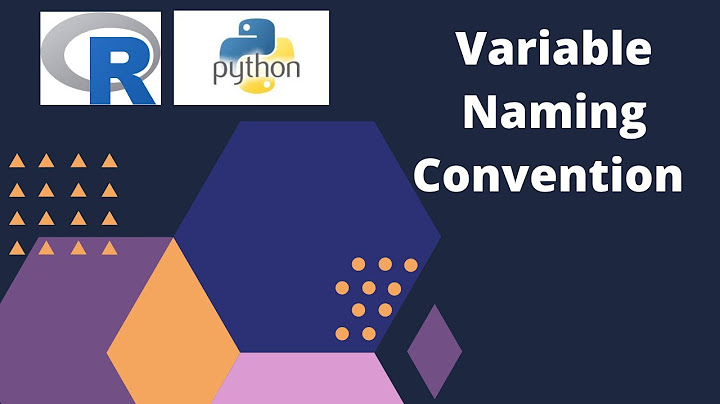Conclusive research design, as the name implies, is applied to generate findings that are practically useful in reaching conclusions or decision-making. In this type of studies research objectives and data requirements need to be clearly defined. Findings of conclusive studies usually have specific uses. Conclusive research design provides a way to verify and
quantify findings of exploratory studies. Conclusive research design usually involves the application of quantitative methods of data collection and data analysis. Moreover, conclusive studies tend to be
deductive in nature and research objectives in these types of studies are achieved via testing hypotheses. The table below illustrates the main differences between conclusive and exploratory research design: Characteristics Large representative sample Data analysis is quantitative Research process is unstructured and flexible Small, non-representative sample Primary data analysis is qualitative Main differences between conclusive and exploratory research design It has to be noted that “conclusive research is more likely to use statistical tests, advanced analytical techniques, and larger sample sizes, compared with exploratory studies. Conclusive research is more likely to use quantitative, rather than qualitative
techniques”[1]. Conclusive research is helpful in providing a reliable or representative picture of the population through the application of valid research instrument. Conclusive research design can be divided into two categories: descriptive research and causal research. Descriptive research is used to describe some functions or characteristics of phenomenon and can be further divided into the following groups:
Causal research, on the other hand, is used to research cause and affect relationships. Two popular research methods for causal studies are experimental and quasi-experimental studies. My e-book, The Ultimate Guide to Writing a Dissertation in Business Studies: a step by step assistance contains discussions of theory and application of research designs. The e-book also explains all stages of the research process starting from the selection of the research area to writing personal reflection. Important elements of dissertations such as research philosophy, research approach, methods of data collection, data analysis and sampling are explained in this e-book in simple words. John Dudovskiy  [1] Nargundkar, R. (2008) “Marketing Research: Text and Cases”, Tata McGraw-Hill Educational, p.39 What is conclusive research example?Conclusive research design usually involves the application of quantitative methods of data collection and data analysis.
...
Conclusive Research.. What are the two types of conclusive research?Conclusive research can be sub-divided into two major categories: Descriptive or statistical research, and. Causal research.
What is exploratory and conclusive research?Exploratory research refers to the investigation of a research problem that is not clearly defined or understood. What is conclusive research? Conclusive research, as the name suggests, is a type of research that is used to yield information that helps reach conclusions or make decisions.
What is conclusive research and what are its main characteristics?As the term suggests, conclusive research is intended to provide useful information for reaching conclusions or making decisions. It is usually quantitative in nature, that is, in the form of numbers that can be quantified and summarized.
|

Related Posts
Advertising
LATEST NEWS
Advertising
Populer
Advertising
About

Copyright © 2024 SignalDuo Inc.























